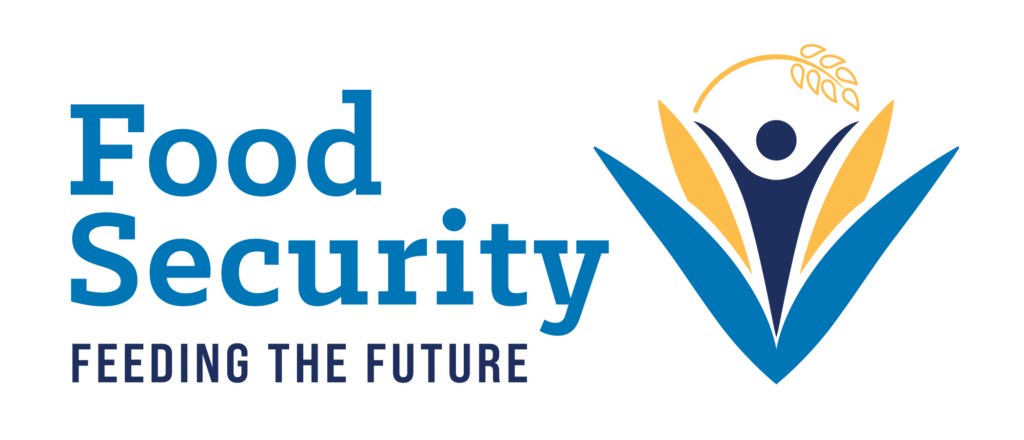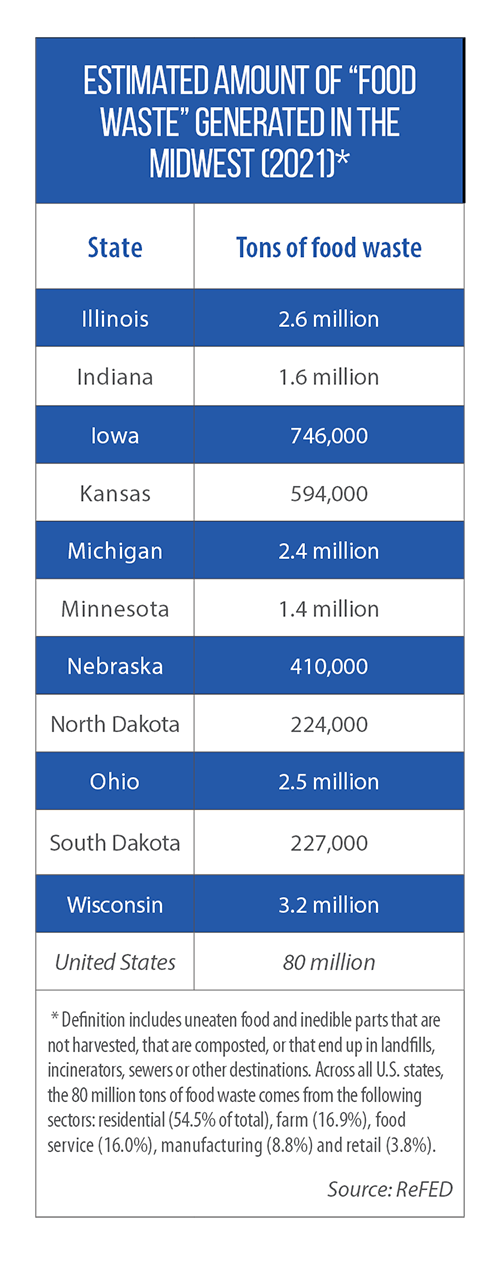2023 MLC Chair’s Initiative on Food Security | Farm to food bank: How states are building this link to feed families in need
The Midwest is known globally as the U.S. region that feeds the world.
But how can state policy serve as a catalyst for farmers to be able to feed their neighbors, especially those individuals living in food-insecure households?
 One part of the answer can be the creation and funding of programs that build stronger links between in-state farmers and food banks.
One part of the answer can be the creation and funding of programs that build stronger links between in-state farmers and food banks.
Michigan has the oldest farm-to-food-bank program in the nation, and states such as Minnesota (Farm to Food Shelf) and Ohio (the Agricultural Clearance Program) have these initiatives as well. Now, as the result of this year’s HB 2879, Illinois is joining these states.
“Establishing this kind of program has been on our radar for many years, and it was a [U.S. Department of Agriculture] grant that allowed us to show that it could work,” explains Steve Ericson, executive director of Feeding Illinois, the state’s association of food banks.
“We created pilot programs and model [agreements] with farmers to start building out those relationships, and that helped us convince the state.”
 During the two years of the USDA pilot program, nearly 2.5 million pounds of food were donated by Illinois farmers. Legislators have now appropriated $2 million to expand the reach of the program, which will require a dollar-for-dollar match from food banks. These state dollars will help farmers use the food banks as secondary markets for “excess” or “surplus” products that otherwise would have gone to waste.
During the two years of the USDA pilot program, nearly 2.5 million pounds of food were donated by Illinois farmers. Legislators have now appropriated $2 million to expand the reach of the program, which will require a dollar-for-dollar match from food banks. These state dollars will help farmers use the food banks as secondary markets for “excess” or “surplus” products that otherwise would have gone to waste.
“To get more food, we’re going to have to pay something for it,” Ericson says. “We can’t expect farmers just to continually give us everything. We needed to find a way to meet in the middle.”
That “middle” will be reimbursing Illinois farmers for the expense of harvesting, packaging and transporting the food (their picking and pack-out costs).
This kind of “surplus purchasing” is one acquisition model commonly used in farm-to-food-bank programs; another is to negotiate prices and enter into pre-season agreements with participating farmers, according to a University of Illinois study done for Feeding Illinois. Some states, including Iowa, reimburse farmers for their donations to food banks and pantries via a tax credit.
Big funding boost in Michigan
This year, Michigan legislators deepened the state’s commitment to the long-standing Michigan Agricultural Surplus System; the new budget appropriates $12 million for the program, compared to $2 million a year earlier.
Under this program, Michigan’s Food Bank Council uses a state grant to purchase fresh, local produce that is of high quality but “cosmetically challenged” (also sometimes called an “ugly”). The council’s executive director, Phil Knight, says the program also allows for the acquisition of eggs and dairy. The council distributes the purchased products among Michigan’s seven food banks, using a formula based on the number of people living in poverty in each food-bank territory.
Michigan Sen. Roger Victory says another role for states is to invest in infrastructure (cold storage, local processing, etc.). In his home state, for example, state grants are going to build facilities that can store and freeze the fresh fruits and vegetables grown in the spring, summer and fall months, but are needed by local families year-round. In Illinois, this year’s HB 2879 includes grant funding for capital projects that build the capacity to store fresh food and transport it to underserved communities.
Michigan Sen. Roger Victory chose “Food Security: Feeding the Future” as his CSG Midwestern Legislative Conference Chair’s Initiative for 2023. CSG Midwest produced a series of articles, policy research and interstate sessions for legislators in support of this initiative.